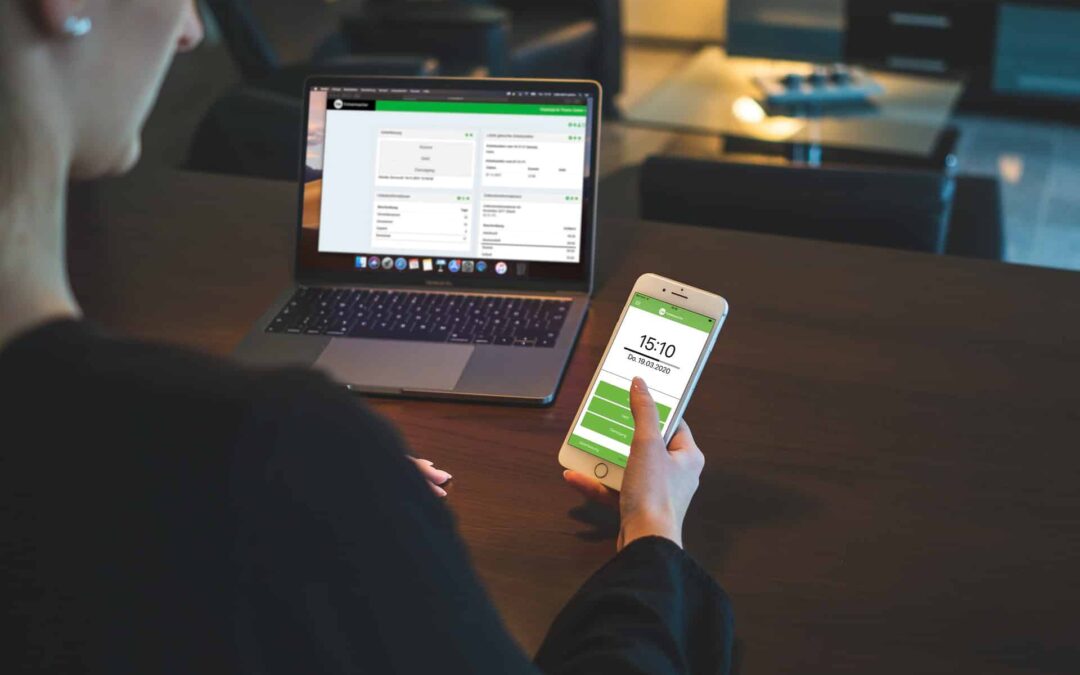In many workplaces, time recording now takes place digitally. This usually ensures greater transparency and saves time and effort. On the other hand, this also means that employers have to deal with the handling of employee data.
The problem
For the employer, the advantages of digital time recording are obvious. Accurate and traceable documentation of working time with relatively little effort and almost no loss of time are the major advantages.
However, the data collected by chip cards, transponders or apps on cell phones can also be used to track employees' work behavior and movement profiles very precisely. These dangers are already present within the company. In addition, the data could also fall victim to a hacker attack from outside, just like all other stored data. If employees' biometric data, which is used for time recording, is also affected, access by unauthorized persons can have even more far-reaching consequences.
The company faces the challenge of maintaining employee data protection and privacy when it comes to digital time recording.
This should be noted
In most cases, data processing for time recording can generally be justified by the fact that it serves to implement the employment relationship (Section 26 I BDSG). Working hours can thus be accounted for accurately and fairly. This is also in the legitimate interest of the employer (§ 326 I BDSG, Art. 88 I DSGVO).
However, if time recording is done digitally, the data is exposed to a higher risk than with analog solutions. Particular attention must be paid here to the purpose limitation (Art. 5 I lit. b DSGVO). If the employer collects the data for time recording, it may only use it for this purpose and may not, for example, create a movement profile of the employee. In contrast, the employer may record when the employee is present or absent (especially in the case of flexible working hours), but may not specifically record why he is absent (e.g., "absence due to illness" may be recorded, but not the specific illness). This would exceed the legitimate interest and violate data protection.
Special features of biometric time recording
If the employer captures the employee's fingerprint or iris by means of a scan during time recording, the employee can be identified quite clearly and assigned to the data, but on the other hand, data of the special category (Art. 9 I DSGVO) are processed, which are particularly worthy of protection.
§ Section 26 III BDSG permits the processing of such data if it is necessary for the exercise or fulfillment of rights and obligations within an employment relationship. To determine whether this is the case in a specific company, the protection of the special category of personal data must be weighed against the level of security required in the company (sensitivity of the data, etc.). The more in need of protection and security the information and data that can be found at the workplace, the more likely it is that biometric access control (with time recording) is permissible.
Here, too, a transparent procedure is always crucial for the employer. In any case, expert advice should be sought regarding the question of which methods are most suitable in one's own company and how they can be implemented.
In the future, new regulations on time recording are also expected from the German legislator. You can find out more about this here.
Do you need data protection advice on processes in your company or are you looking for an external data protection officer? Our team of experts will be happy to help you. Contact us!
